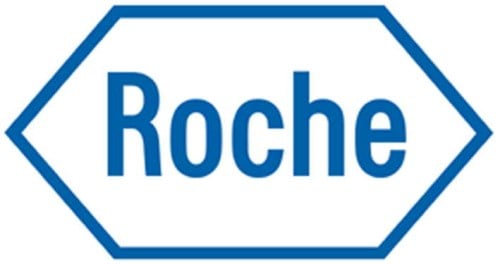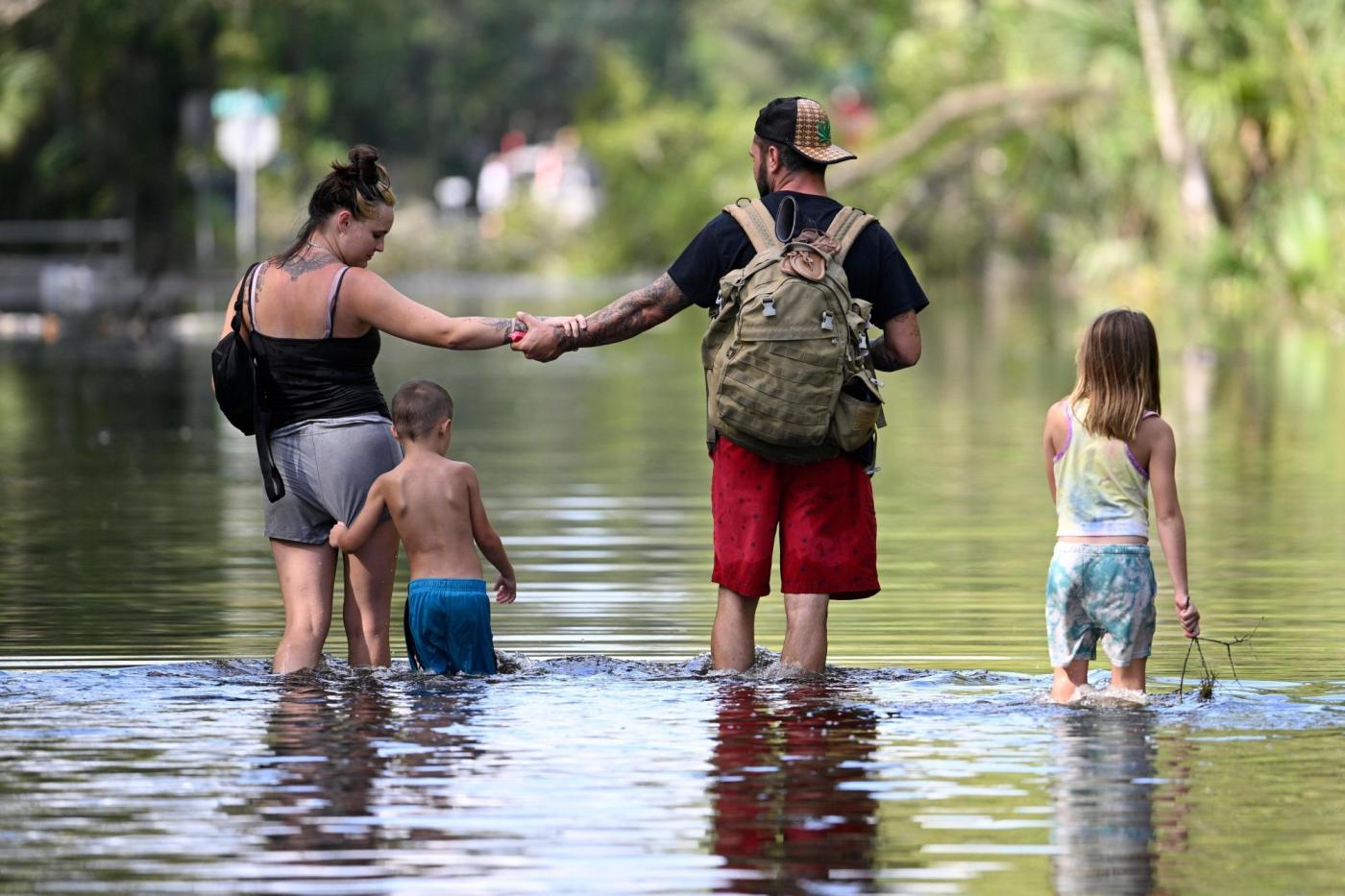UPDATE: The National Weather Service has just announced an above-average hurricane season for 2025, predicting between 13 to 19 named storms. As the peak of hurricane season unfolds in Williamsburg, health experts warn that the most significant dangers often emerge in the aftermath of storms.
As communities begin to recover, it’s essential to recognize that the clear skies may hide lurking health hazards. The immediate focus should shift to safely navigating post-storm recovery, which can be a prolonged process. Here’s your urgent guide to staying healthy in the wake of a storm.
Immediate Physical Dangers: The environment outside has transformed, presenting numerous hazards.
1. **Floodwater Safety**: Treat all floodwater as toxic. It may contain sewage, chemicals, and harmful bacteria such as E. coli, posing severe health risks. Avoid driving through floodwaters, as their depth can be unpredictable, leading to dangerous situations.
2. **Prevent Cleanup Injuries**: Rushing to restore normalcy can lead to injuries. Be cautious of lifting heavy debris, which can cause strains or even cardiac issues. If you must participate in cleanup, wear protective gear like closed-toe shoes and gloves. Always partner up for safety when using tools like chainsaws.
3. **Carbon Monoxide Threat**: Power outages can lead to reliance on generators, which are a leading cause of post-storm fatalities. Never operate generators indoors or in enclosed spaces, as they emit deadly carbon monoxide. Keep generators at least 20 feet away from doors and windows.
Health Safety at Home: Risks continue inside homes long after the storm passes.
– **Food Safety**: Without refrigeration, food can become unsafe after just four hours. A full freezer can keep food safe for up to 48 hours. Remember: when in doubt, throw it out.
– **Water Safety**: Your municipal water supply may be compromised post-storm. Use bottled water or boil tap water for at least one minute until officials declare it safe.
– **Mold Prevention**: Mold can develop within 24 to 48 hours after flooding. It thrives in damp conditions and poses respiratory risks. Aim to dry your home quickly using fans and dehumidifiers.
Mental Wellness is Crucial: The emotional toll of a disaster can be overwhelming. Feelings of anxiety and sadness are common.
– **Acknowledge Your Feelings**: Talk about your experiences with loved ones. For immediate support, contact the national hotline at 866-903-3787.
– **Pace Your Recovery**: Set small, achievable goals for cleanup to avoid feeling overwhelmed. Take breaks for rest and nourishment.
– **Community Connection**: Helping others is a powerful way to heal. Check on neighbors and engage in shared efforts to build resilience.
Recovery is a marathon, not a sprint. By being vigilant about these health risks, you can ensure safety and well-being for yourself and your loved ones. Stay safe, and reach out with questions to [email protected].
Beth Tremblay, a registered nurse and educator in Hampton Roads, emphasizes the importance of addressing both physical and emotional health challenges during recovery.
Stay informed and ready; the path to recovery is just beginning.






































































